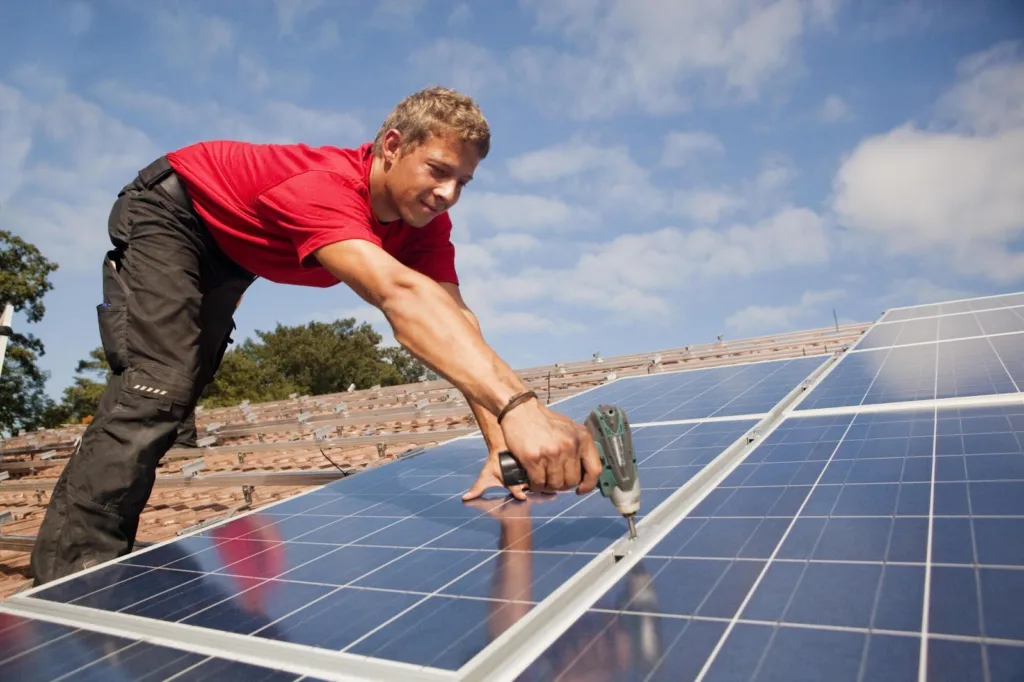A roofing system is more than just shingles on top of a house. It is a complete system that protects the building from the elements. It also provides insulation and contributes to its overall energy efficiency.
In this guide, we will take a closer look at the various components of complete roofing systems, their functions, and how they work together to keep your home safe, comfortable, and energy-efficient.
Roof Decking
The inverter, a vital component that transforms solar panel-generated direct current (DC) electricity into alternating current (AC) electricity suitable for use in homes or businesses, is the brains behind any solar power system.
Roof Underlayment
Underlayment is a layer of material that is placed between the roof deck and shingles. It helps to provide an extra layer of protection against water, ice, and snow. It also helps to create a smooth surface for the shingles to be installed on.
There are different types of underlayment available. This includes:
- Felt paper
- Polyethylene
- Rubberized asphalt
- Ice and water shields
The type used will depend on the climate and specific requirements of the roofing project. For example, in areas with heavy rainfall or snow, an ice and water shield may be necessary to prevent leaks.
Roof Shingles
Shingles are the most visible part of a roofing system. They come in various materials, including asphalt, wood, metal, and clay.
Shingles not only provide aesthetic value to a home. They also serve as the first line of defense against the elements. They are designed to shed water, protect against UV rays, and withstand extreme weather conditions.
Make sure to hire professionals from a reputable roofing company such as Semper Solaris Roofing to install shingles properly. Poor installation can lead to leaks and premature shingle failure.
Flashing
Flashing is a crucial component of complete roofing systems that helps to prevent leaks in vulnerable areas. This includes the valleys, chimneys, skylights, and vent pipes. It is usually made of metal or rubber and installed along with the shingles.
Gutters and Downspouts
Gutters and downspouts are responsible for directing water away from the roof and foundation of a building. They help to prevent water damage, erosion, and flooding. It is essential to keep them free of debris to ensure proper drainage.
Insulation
Insulation plays a crucial role in energy efficiency. It helps to regulate the temperature inside a building, keeping it cool in the summer and warm in the winter. Insulation is usually installed in the attic, between roof rafters, or in the ceiling.
Ventilation
Proper ventilation is necessary for maintaining a healthy and energy-efficient home. It helps to remove excess moisture, heat, and pollutants from the air. This is achieved through intake vents at the eaves and exhaust vents at the top of the roof.
Understand the Components of Complete Roofing Systems with this Guide
Complete roofing systems are made up of various components that work together to provide protection, insulation, and energy efficiency for a building. Each component has its essential role. So, it is crucial to ensure they are all installed correctly and maintained regularly. By understanding these different elements, homeowners can make informed decisions when it comes to their roofing needs. Happy roofing!
Is this article helpful? Keep reading our blog for more.








Leave a Comment
You must be logged in to post a comment.